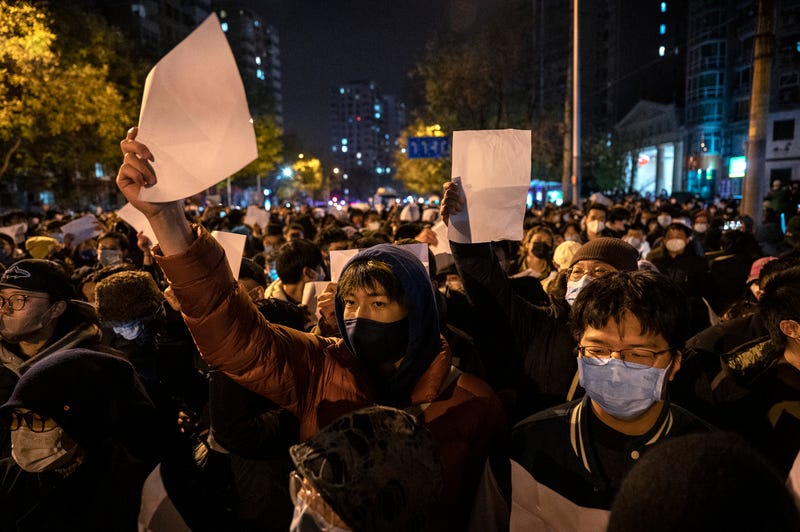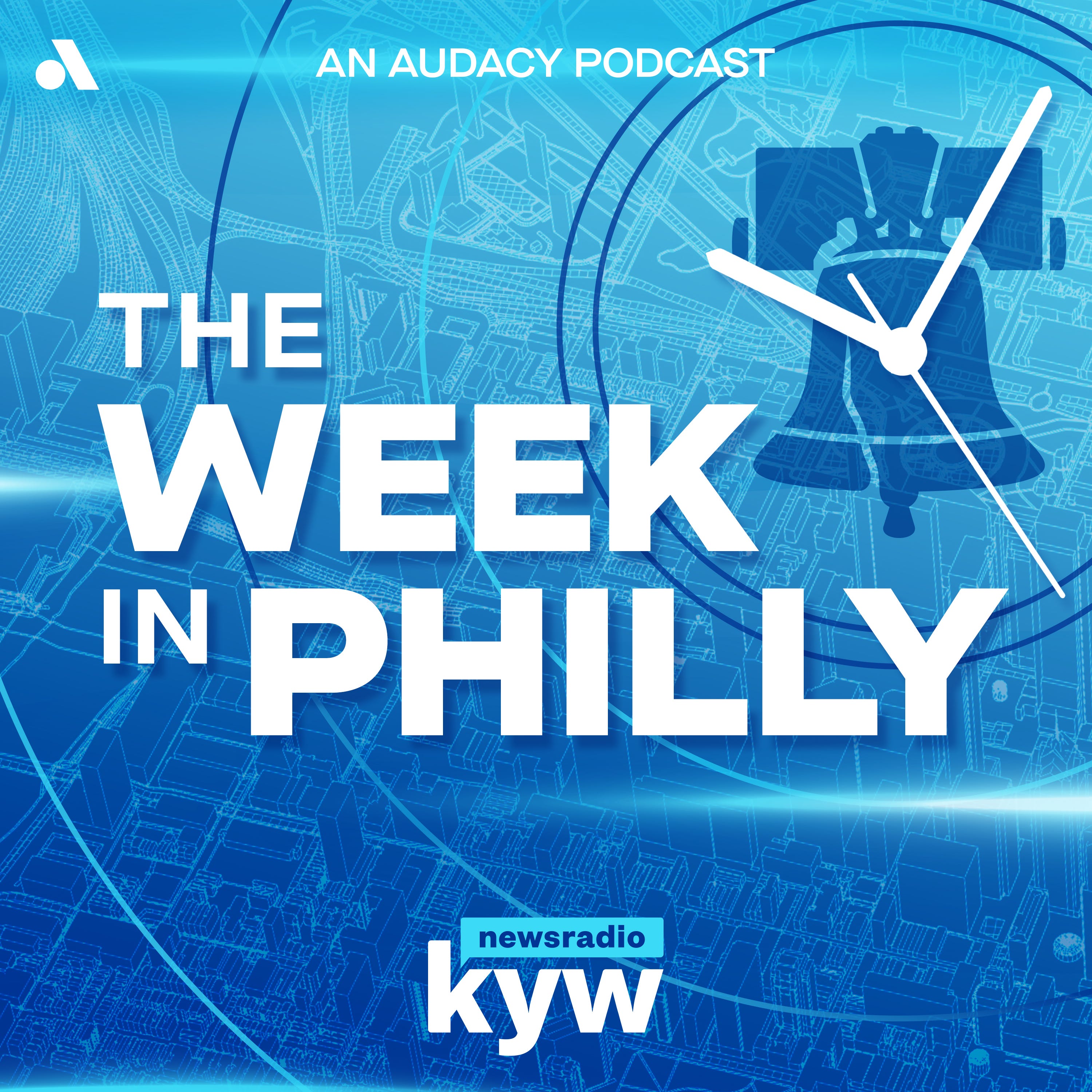
PHILADELPHIA (KYW Newsradio) — Fed-up street demonstrators in China continue to be met with force as they protest their government’s “zero-COVID” policies.
Protests in China are rare, but it is unprecedented to see them on such a large scale. After 100 days of complete lockdown, the uprising reached a breaking point last week. A fire at an apartment building killed at least 10 people in the far western region of Xinjiang. According to media reports, firefighters could not get inside because the dwellers were literally locked in — details the Chinese government denied.
Many citizens blame the isolation policies for slowing or hampering the rescue operation.
“China has tried to censor that information so that people don’t know, because it’s very bad if people are getting that fed up,” said Dr. Rebecca Clothey, interim head of the Department of Global Studies and Modern Languages at Drexel University. “But people already had it up to their eyeballs, I think. And this was the straw that broke the camel’s back.”
Protesters have since called for the removal of President Xi Jinping — a historic action, said Clothey.
“Mainly because it’s extremely risky,” she said. “One could say it is illegal to criticize the government in China. And to directly criticize Xi Jinping is hugely risky. There could be very serious consequences for people chanting things like that.”
What we have been witnessing — even with the suppression of information, to an extent — is youth taking a stand, seemingly unafraid of voicing their discontent with China’s Communist Party, noted Roselyn Hsueh, Temple University associate professor of political science.
“The power of social media among the youth plays a big role here,” she noted. “We’re seeing very creative ways of protests — blank pieces of paper that don’t have anything on them, but everyone knows what it means. And if you hold it up, you’re part of the movement.”
She said many people in the greater Philadelphia region are concerned for family members in China. Students at the University of Pennsylvania held a candlelight vigil Tuesday night in honor of the victims of the fire in Xinjiang.
Even as the government is moving to end the demonstrations, Hsueh said Americans should be concerned for both human rights and global supply chain reasons.



